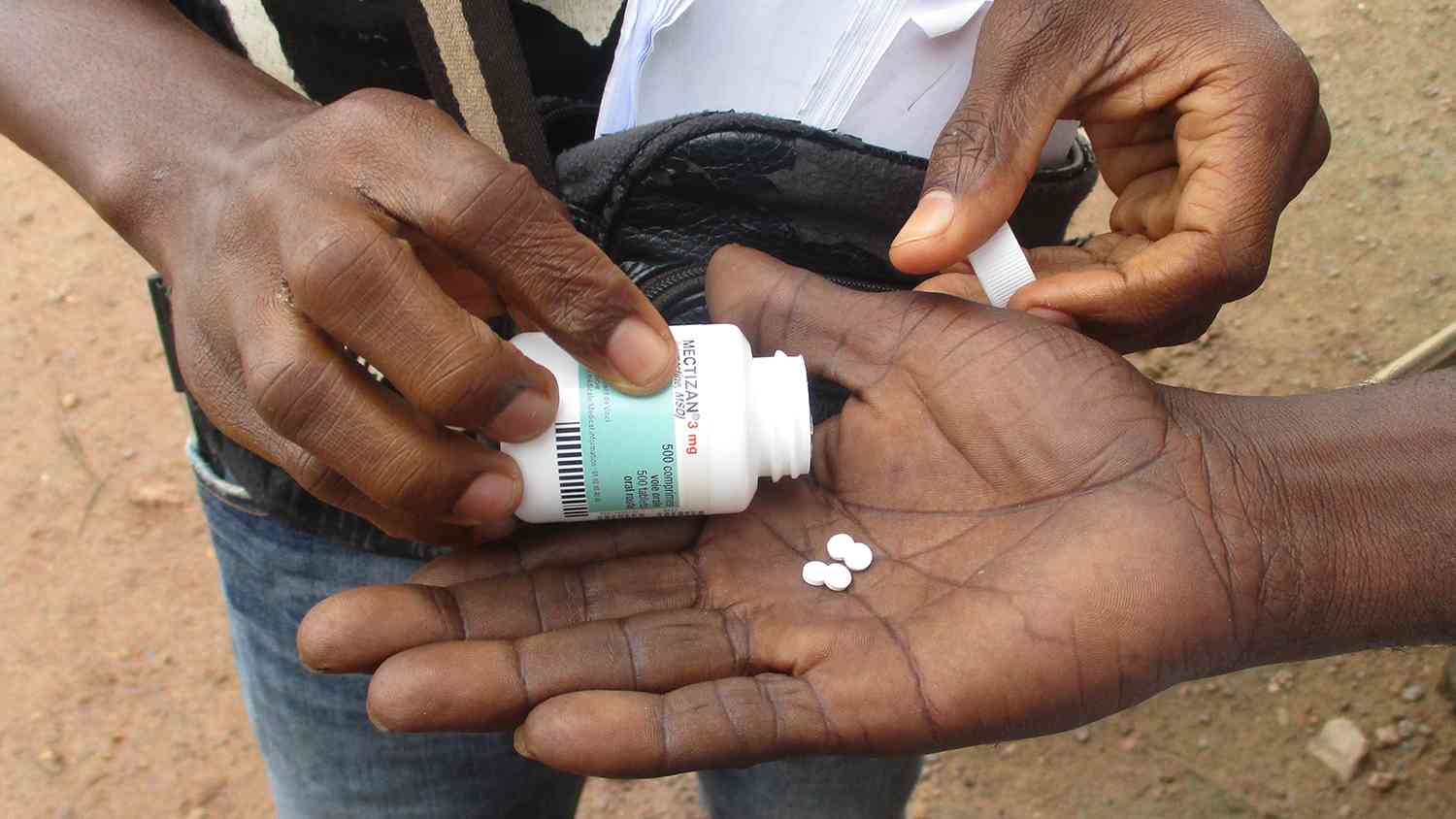
THE Health and Child Care ministry says it has taken bilharzia treatment to schools and other hotspots to reduce the burden of the disease by at least 80%.
Ministry spokesperson Donald Mujiri said Zimbabwe was prone to neglected tropical diseases (NTD), especially bilharzia.
Other NTDs include schistosomiasis, intestinal worms, elephantiasis or lymphatic filariasis and blinding trachoma.
“These treatments have reduced NTDs burden by over 80% across the country, leading close to elimination of these. The Ministry of Primary and Secondary Education is part of the NTDs elimination stakeholders and has contributed immensely in this agenda of elimination,” Mujiri said.
“Of note, baselines surveys done showed that 56 out of 63 districts are endemic to Bilharzia and intestinal worms, and after treatments the burden has been reduced by 80%.
“Other activities needed for NTDs elimination is strengthening Safe water and hygiene, health education among populations and good agricultural practices.”
The Community Working Group on Health (CWGH) said there shold be renewed focus on eliminating bilharzia and other NTDs through awareness campaigns.
“There is a need to carry out health education and community awareness campaigns on NTDs, especially on the common conditions such as bilharzia that is still prevalent among school children,” CWGH executive director Itai Rusike told NewsDay.
- Covid-19: Vaccination of Zim children yet to start
- Covid-19: Vaccination of Zim children yet to start
- School of sport: Who is in charge?
- Unicef pumps clean water into Bikita communities
Keep Reading
Bilharzia, sometimes known as snail fever or schischosomiasis, is caused by waterborne snails carrying parasites that penetrate the skin and can cause distended bellies, malnutrition, and if untreated, can damage women’s reproductive organs, tripling the risk of HIV.










